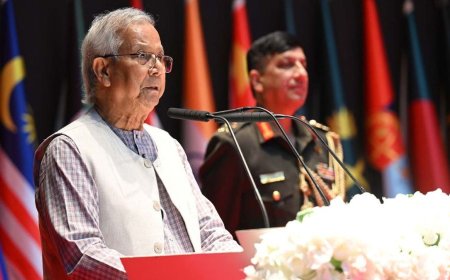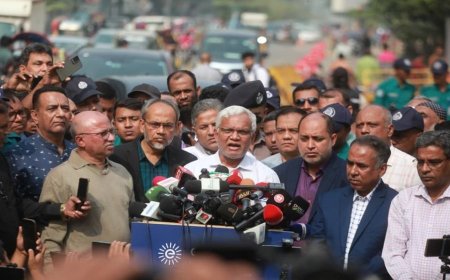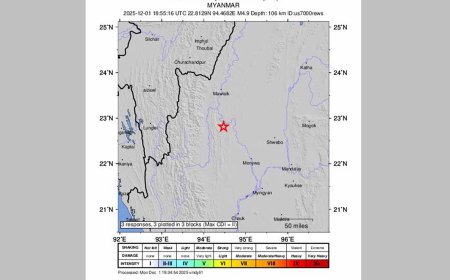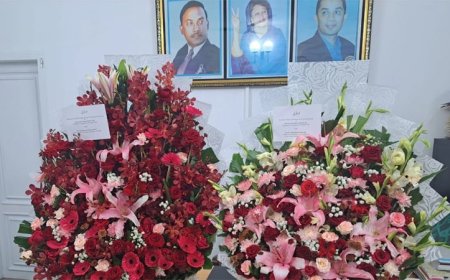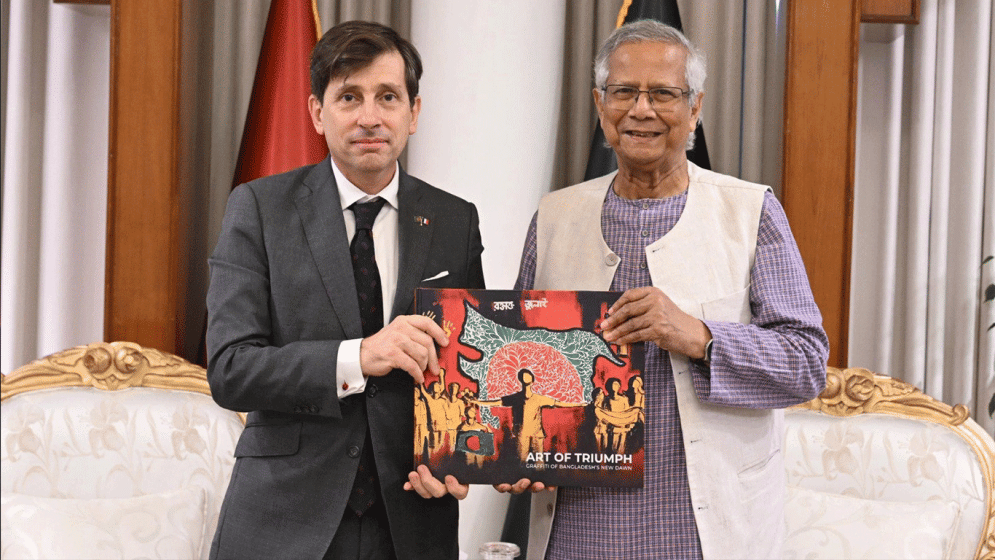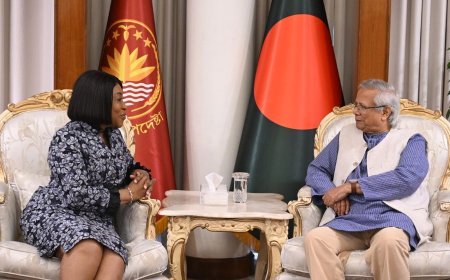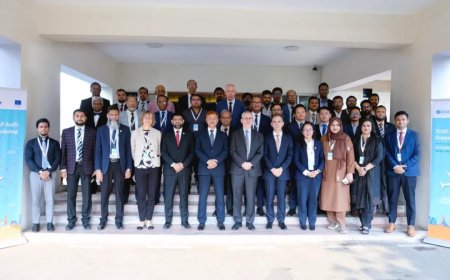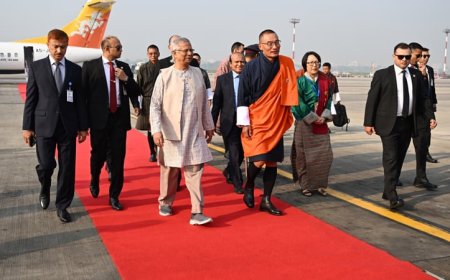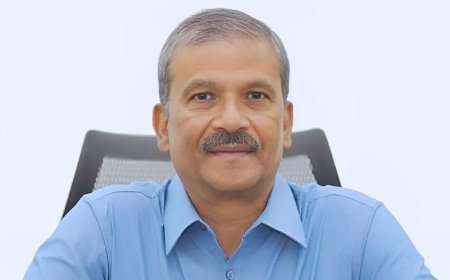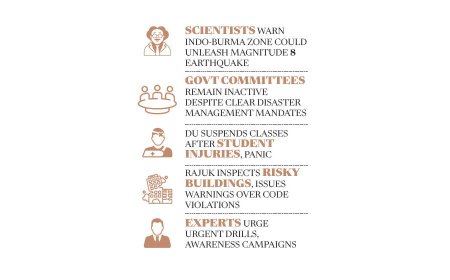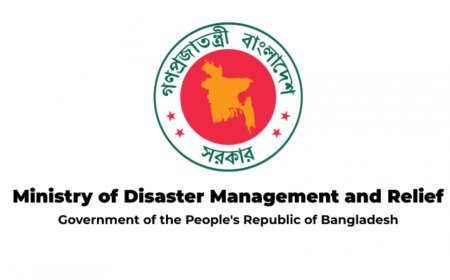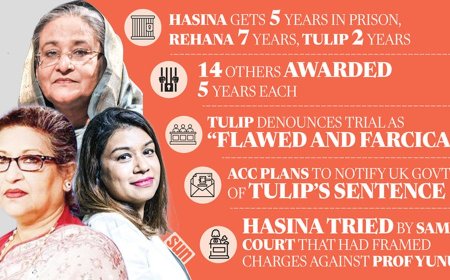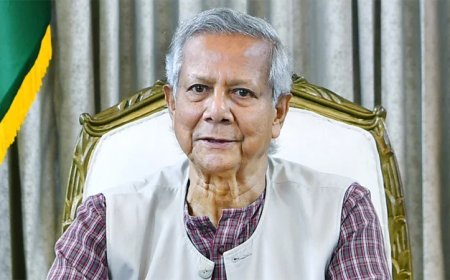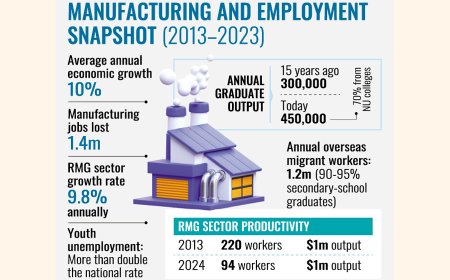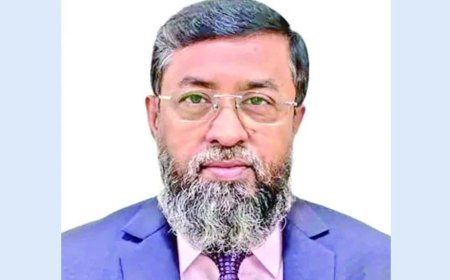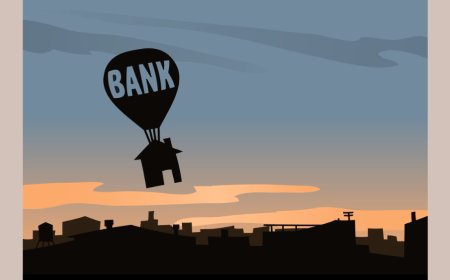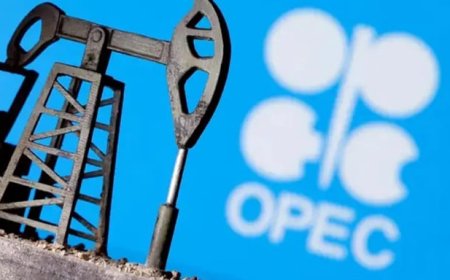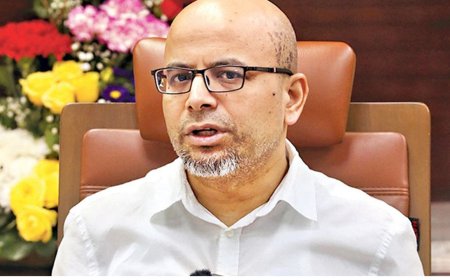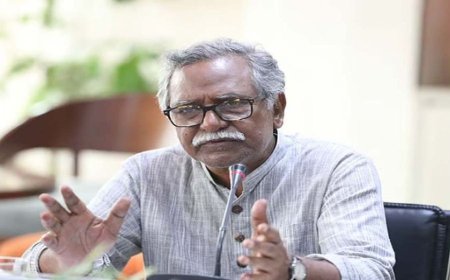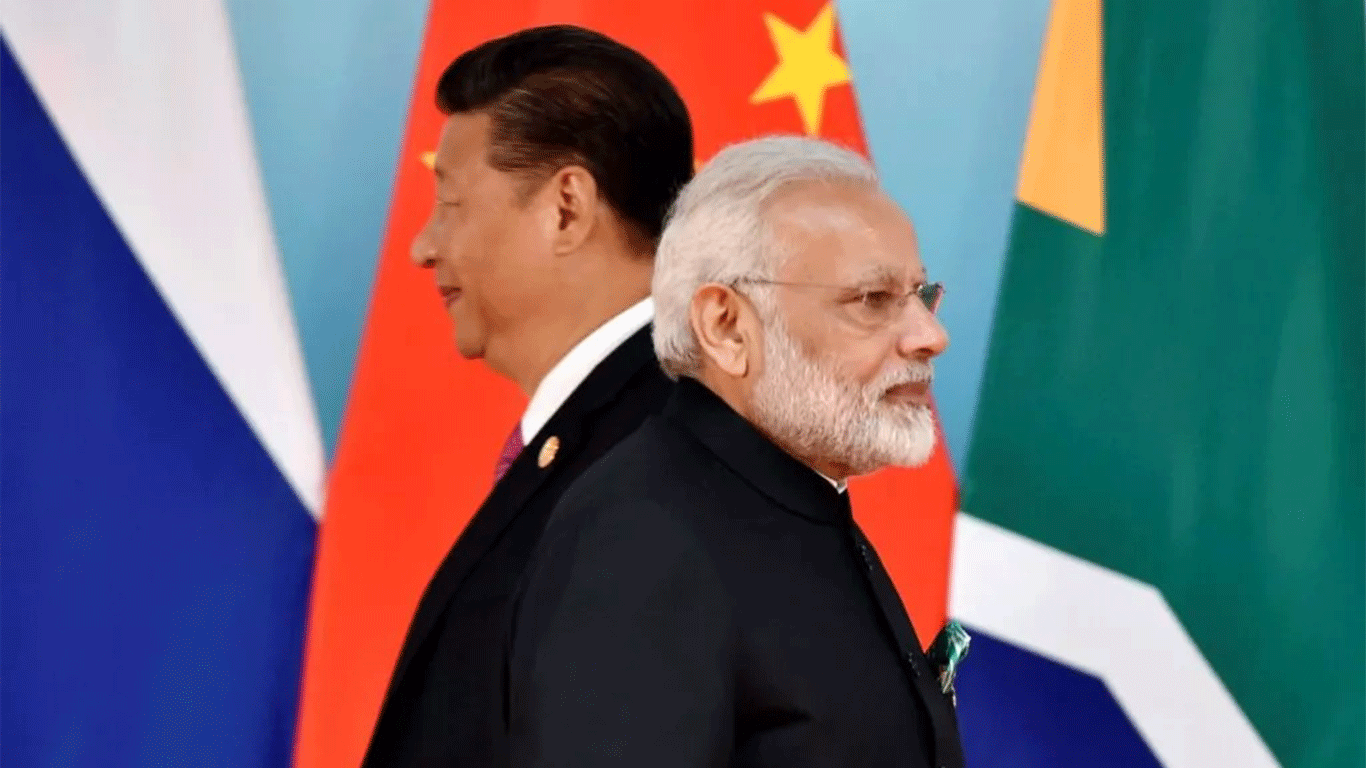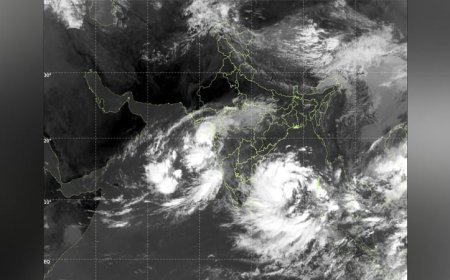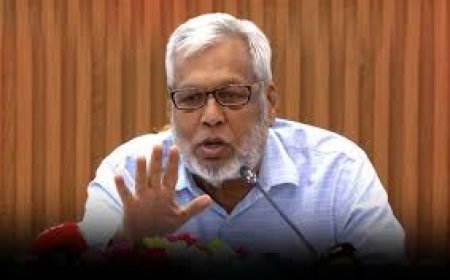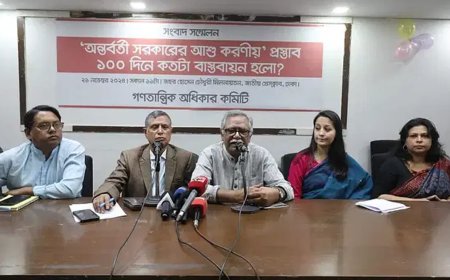SANEM states that $45.2 billion is needed for the transition to green energy
SANEM states that $45.2 billion is needed for the transition to green energy
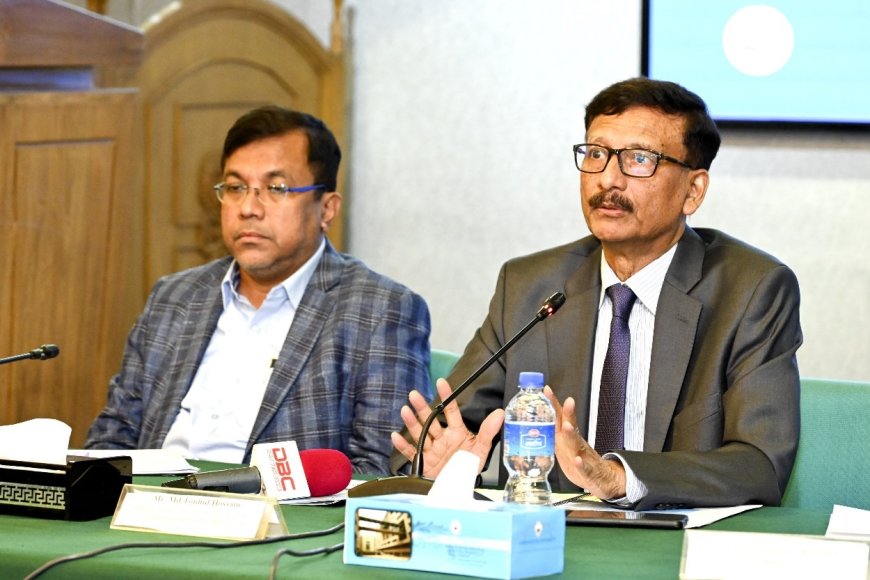
According to studies by the South Asian Network on Economic Modeling (SANEM), an investment of up to $45.2 billion is required to transition to green and clean energy.
The studies evaluate three investment scenarios using least-cost approaches to meet policy goals, identifying funding requirements of $36.3 billion, $6.7 billion, and $45.2 billion under different policy scenarios. In the highest-cost scenario, these figures rise to $52.1 billion, $9.7 billion, and $64.8 billion.
The findings were presented during a national dialogue titled "Exploring a Sustainable Pathway for Bangladesh's Energy Transformation towards Green and Clean Energy," organized by SANEM on Saturday.
Currently, Bangladesh's renewable energy capacity is 1,219.24 megawatts (MW), accounting for just 4.16% of total electricity generation. The study highlights the urgent need for substantial investment to meet future renewable energy targets.
Senior Research Associate Mohammad Tuhin Ahmed discussed the impact of global fossil fuel price shocks on the country's macroeconomy and the challenges posed by poor institutional quality and political factors in the energy sector. Research Associate Ekramul Hasan presented on integrating energy storage systems and explored various financing mechanisms to achieve renewable energy goals.
The dialogue, moderated by SANEM Executive Director Selim Raihan, featured representatives from various energy sector organizations, including the Bangladesh Energy Regulatory Commission, Power Development Board, Sustainable Renewable Energy Development Authority, Ispahani Group, New Vision Solution, and Earth.
The studies found that price shocks in coal and LNG lead to increases in the consumer price index (CPI), inflation, and exchange rates. These fluctuations may create long-term macroeconomic instability, complicating efforts to achieve major development goals such as the 8th Five-Year Plan by 2025, the Second Perspective Plan 2021-2041, SDGs by 2030, and the targets for becoming a middle-income country by 2031 and an upper-middle-income country by 2041.
The research revealed that 82 independent power plants and 32 rental power plants received an overwhelming Tk 1.0 trillion in capacity charges over the past 14 years.
Drawing parallels to the 2008 financial crisis, the 2020 COVID-19 pandemic, and the 2022 Russia-Ukraine War, the study emphasized that energy price fluctuations were a major source of variation in macroeconomic variables during these crises.
The studies advocate for a shift to renewable and clean energy sources to reduce reliance on fossil fuels. However, challenges such as poor coordination, institutional capacity gaps, and dominance by a single institution have hindered the development of a unified strategic vision to achieve energy goals.
SANEM recommends several measures, including diversifying energy sources, improving monetary policy adjustments, creating a dynamic price adjustment mechanism, revising energy planning, establishing strategic energy reserves, enhancing infrastructure, adopting efficient technologies, and attracting foreign direct investment (FDI) in renewable energy projects.
What's Your Reaction?








